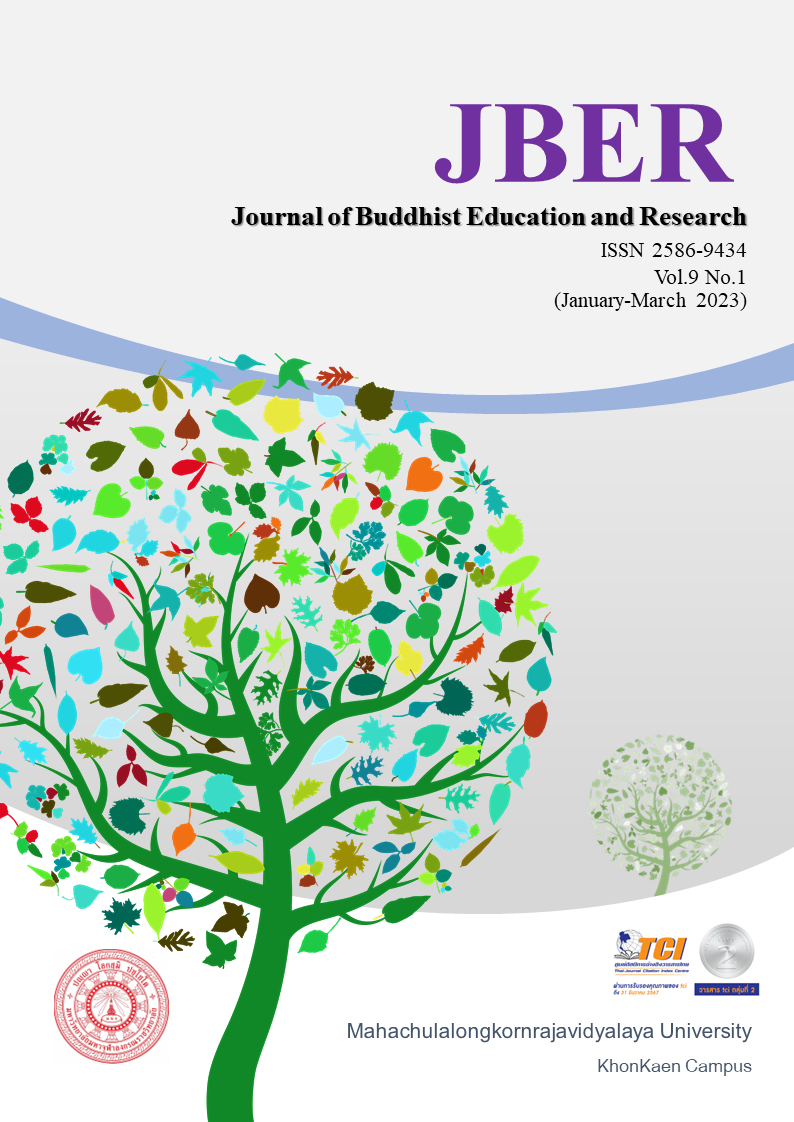THE IMPACT OF PARADOXICAL LEADERSHIP, AMBIDEXTROUS INNOVATION ON ENTERPRISE INNOVATION PERFORMANCE
Abstract
By combing the existing research on paradoxical leadership, this paper analyzes the shortcomings of its existing research, and tries to broaden the existing theory of paradoxical leadership by using yin-yang philosophy. At the same time, based on high-order theory, resource-based view, organizational ambidextrous theory and other relevant theories, this paper analyzes the impact effect of paradoxical leadership on enterprise ambidextrous innovation and enterprise innovation performance from the organizational level, and studies the relationship between redundant resources positively regulating enterprise ambidextrous innovation and innovation performance, in order to explore the impact mechanism of paradoxical leadership behavior on enterprise ambidextrous innovation, It provides strong research support for enterprises to think about how to improve innovation performance.
References
Alegre J. (2008) Assessing the impact of organizational learning capability on product innovation performance: an empirical test. Technovation .28(6): 315-326.
Antonakis, J. and Atwater, L. (2002) Leader distance: A review and a proposed theory. Leadership Quarterly.13: 673-704.
Atuahene-Gima K. (2005) Resolving the capability-rigidity paradox in new product innovation. Journal of Marketing. 69(4): 61-83.
Barkema, H., Chen, X., George, G., Luo, Y. and Tsui, A. West meets East: new concepts and theories. Academy of Management Journal, 2015, 58 (2): 460-479.
Benner Mary J. (2003) Tushman Michael L., Exploitation, Exploration and Process Management: The Productivity Dilemma Revisited. The Academy of Management Review. 28(2): 238-256.
Boies, K. and Howell, J. M. (2006) Leader-member exchange in teams: An examination of the interaction between relationship differentiation and mean LMX in explaining team-level outcomes. Leadership Quarterly.17: 246 -257.
Cheng J L C, Kesner I F (1997) Organizational Slack and Response to Environmental Shifts: The Impact of Resource Allocation Patterns. Journal of Management.23(1):1-18.
Galvin, B. M., Waldman, D. A., and Balthazard, P. (2010) Visionary communication qualities as mediators of the relationship between narcissism and attributions of leader charisma. Personnel Psychology.63: 509 -537.
Greenley G E, Oktemgil M. A. (1998) Comparison of Slack Resources in High and Low Performing British Companies. Journal of Management Studies. 35(3):377-398.
Gupta, A. K., Smith, K. G., and Shalley, C. E. (2006) The Interplay between Exploration and Exploitation. Academy of Management Journal. 49(4): 693-706.
Hagedoom J, Cloodt, M. (2003) Measuring innovative performance: is there an advantage in using multiple indicators. Research Policy. 32(8): 1365-1379.
Hambrick D C, Finkelstein S. (1987). Managerial discretion: A bridge between polar views of organizational outcomes. Research in organizational behavior. 9:369-406.
Hambrick D C, Mason P A. (1984). Upper echelons: The organization as a reflection of its top managers. Academy of Management Review. 9(2):193-206.
Hambrick D C. (2007). Upper echelons theory: An how executives overcome. Academy of Management Review. 32(2):334-343.
Hervas-Oliver J L, Garrigos J A, Gil-Pechuan I. (2011) Making sense of innovation by R&D and non-R&D innovators in low technology contexts: A forgotten lesson for policymakers. Technovation. 31(9): 427-446.
Howell, J. M., Neufeld, D. J. and Avolio, B. J. (2005) Examining the relationship of leadership and physical distance with business unit performance. Leadership Quarterly.16: 273-285.
Jansen Justin JP, Van Den Bosch Frans AJ, and Volberda Henk W. (2006) Exploratory Innovation Exploitative Innovation, and Performance: Effects of Organizational Antecedents and Environmental Moderator. Management Science.52 (11): 1661-1674.
Jones, T. M, Felps, W. and Bigley G. A. (2007) Ethical theory and stakeholder-related decisions: The role of stakeholder culture. Academy of Management Review.32: 137-155.
Kimer E, Kinkel S, Jaeger A. (2009) Innovation paths and the innovation performance of low technology firms-An empirical analysis of German industry. Research Policy. 38(3): 447-458.
Levinthal D A, March J G. (2010) The Myopia of Learning. Strategic Management Journal. 14(2): 95-112.
Lewis, M. (2000) Exploring paradox: toward a more comprehensive guide. Academy of Management Review.25 (4): 760-776.
Lintoon J D. (2009) De-panelizing the language of innovation. Technovation. 29(11): 729-737.
Lubatkin, M. H., Simsek, Z., Ling Y. et al. (2006) Ambidexterity and Performance in Small-to Medium-Sized Firms: The Pivotal Role of Top Management Team Behavioral Integration. Journal of Management. 32(5): 646-672.
March, J. G. (1991) Exploration and Exploitation in Organizational Learning. Organization Science. 2(1): 71-87.
Meeus MTH, Oerlemans LAG. (2000) Firm behaviour and innovative performance: An empirical exploration of the selection-adaptation debate. Research Policy. 29(1): 41-58.
Nohria N, Gulati R. (1996) Is Slack Good or Bad for Innovation. Academy of Management Journal. 39(5): 1245-1264.
Prajogo D I. (2010) Ahmed P K. Relationships between innovation stimulus, innovation capacity, and innovation performance. R&D Management. 36(5): 499-515.
Rosenbusch, N., Rauch, A. and Bausch, A. (2013) The mediating role of entrepreneurial orientation in the task environment-performance relationship: A Meta-Analysis. Journal of Management. 39(3): 633-659.
Rosenthal, S. A. and Pittinsky, T. L. (2006) Narcissistic leadership. The Leadership Quarterly. (17): 617-633.
Smith, W. K. and Lewis, M. (2011) Toward a theory of paradox: A dynamic equilibrium model of organizing. Academy of Management Review. 36(2): 381-403.
Waldman, D. A., Ramirez, G. G., House, R. J., et al. (2001) Does leadership matter? CEO leadership attributes and profitability under conditions of perceived environmental uncertainty. Academy of management journal. 44(1): 134-143.
Zhang, Y., Waldman, D. A., Han, Y. and Li, X. (2015) Paradoxical leader behaviors in people management: Antecedents and consequences. Academy of Management Journal. 58(2): 538-566.





